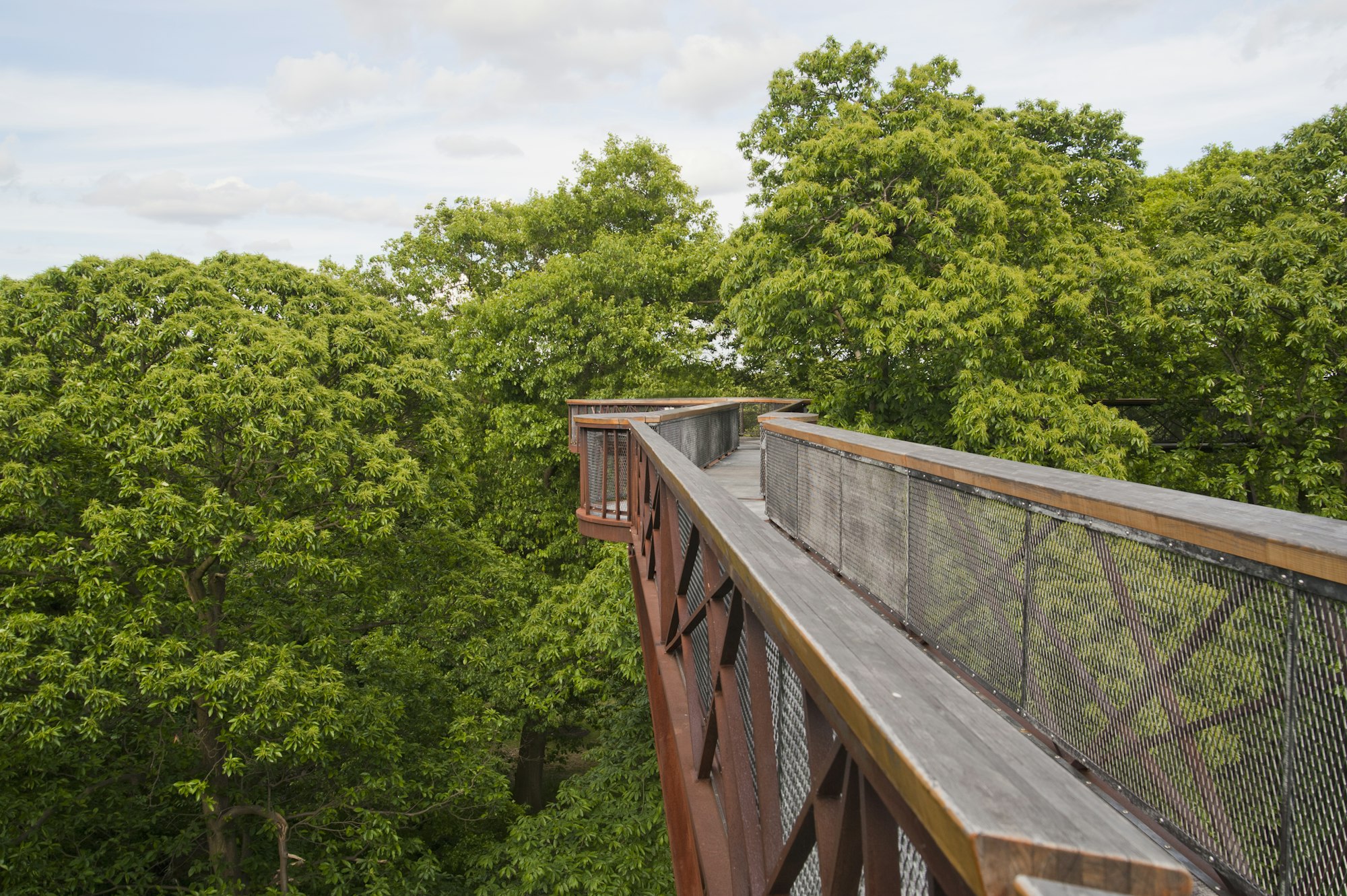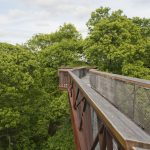Have you ever wondered where you can find the most diverse collection of exotic plants in London? Look no further than the Royal Botanic Gardens, Kew. Known internationally as a leading botanical research and education institution, and an unrivaled beauty and respite amidst the hustle and bustle of London, Kew Gardens is truly an epitome of botanical brilliance. Here, we will explore the botanical art, the unique species of plants, and why Kew Gardens is considered the best garden to visit in London.
Royal Botanic Gardens, Kew: A Brief Overview
Before embarking on the exploration of the enchanting collection of plants, it is imperative to have a basic understanding of Kew Gardens. Established in 1759, the Royal Botanic Gardens, Kew, encompasses a staggering 326 acres of land and hosts over 50,000 different species of plants, making it one of the most diverse botanical spaces in the world.
Cela peut vous intéresser : Which river cruises in Cambridge provide the most romantic sunset views?
Situated in southwest London, Kew Gardens is not only a haven for plant lovers but also a UNESCO World Heritage Site. The garden boasts an assortment of attractions, from the iconic glasshouse that houses tropical plants to the historical Kew Palace. Every corner of the park breathes life, telling a unique story about the botanical world.
The Exquisite Botanical Art Collection at Kew Gardens
Kew Gardens is not just about plants. It’s a place where art and nature intertwine, resulting in a unique aesthetic experience that transcends ordinary garden visits. The garden hosts a plethora of art installations, which effortlessly blend with the surrounding greenery, providing a captivating visual treat for visitors.
A lire également : How can you experience authentic Welsh folklore storytelling in Cardiff?
One of the striking features at Kew is the Marianne North Gallery. Named after the remarkable Victorian artist who journeyed across the world, capturing the essence of plants and landscapes through her paintings, the gallery exhibits a collection of over 800 pieces of her work. It vividly showcases the intricate relationship between art and botany, making it a must-see for any art enthusiast.
Exploring the Unique Species of Plants at Kew
Kew Gardens offers an exceptional opportunity to explore a wide range of plant species from all corners of the globe. With its meticulously maintained collection, visitors can discover and learn about the diverse world of plants.
The Palm House, one of the iconic structures at Kew, is a tropical paradise teeming with a variety of plant species, including the world’s tallest indoor plant, the Chilean wine palm. From the exotic orchids to the ancient cycads, each plant here has a unique story to tell.
The Temperate House, the world’s largest Victorian glasshouse, is another wonder at Kew. It is home to 1,500 species of plants from the world’s temperate regions. Here, visitors can marvel at the South African cycads, the New Zealand tree ferns, or the Australian banksias, each of which contributes to the astounding diversity of the collection.
The Historical Kew Palace and the Royal Connection
No visit to Kew Gardens is complete without exploring Kew Palace. This royal palace adds a distinct historical charm to the garden. Nestled amidst the lush greenery of the park, the palace is soaked in British royal history.
The palace, which is actually a collection of royal buildings, has a close connection to the British royal family. It served as a family home to King George III and his family and was a place of many family gatherings and celebrations. Today, it stands as a testament to the park’s ties with the royalty and adds a touch of grandeur to the garden.
The Best Time to Visit Kew Gardens
So, when is the best time to visit this botanical marvel? Well, Kew Gardens is beautiful all year round, but the seasons bring out distinct beauty in different parts of the park.
Spring is a fantastic time as the park bursts into a riot of colors with blooming azaleas, rhododendrons, and magnolias. Summer brings the stunning Waterlily House with its massive Victoria amazonica, while autumn transforms the park into a spectacular show of red, orange, and yellow hues from the multitude of trees. In winter, the park dazzles with a festive vibe, with the festive lights illuminating the garden.
Kew Gardens is more than just a place to admire plants. It’s a space where you can learn about the vital role of plants and fungi in our lives. It’s a place where art, history, and nature harmoniously coexist. Whether you’re a plant enthusiast, an art lover, or just someone seeking a tranquil escape in London, Kew Gardens has something for everyone.
Kew Gardens: Engaging and Educational Activities
Kew Gardens is not only a visual feast but also an immersive, educational experience. The garden offers numerous engaging activities that cater to visitors of all ages, making it a perfect destination for families and school trips.
Amidst the diverse plant collection, you’ll find interactive displays that provide fascinating insights into the world of plants. For example, the Hive, a unique installation, offers an immersive experience on the life of bees. It’s a multisensory experience that combines light, sound, and vibration to replicate the environment inside a beehive.
The children’s garden is another highlight, specially designed to engage young minds. It’s a fun-filled space where kids can explore the world of plants through play. They can venture through a bamboo tunnel, climb a towering structure, or get hands-on in a kitchen garden, all while learning in a creative environment.
For those interested in the science behind the plants, the Jodrell Laboratory is a must-visit. Here, you can learn about the groundbreaking research conducted by Kew scientists, who work tirelessly to understand and protect the world’s plant diversity.
Moreover, Kew Gardens regularly organizes special events and exhibitions. From art exhibitions to plant festivals, photography workshops to guided tours, there’s always something exciting happening at Kew. It’s a dynamic space that constantly evolves and adapts, keeping the visitors engaged and intrigued.
Kew Gardens: A Green Oasis amidst the Urban Jungle
Kew Gardens is more than just a collection of exotic plants. It’s a green sanctuary in the heart of London, providing a tranquil respite from the city’s hustle and bustle.
Walking through the park, you can’t help but be awed by the sheer beauty of the space. Whether it’s the towering trees, the vibrant flower beds, the serene lake, or the stunning architecture of the glasshouses, there’s beauty at every turn. Each visit is a new opportunity to discover something new, to connect with nature, and to find a moment of tranquillity in the busy city life.
But beyond the aesthetics, Kew Gardens plays an essential role in environmental conservation. The garden is a significant contributor to the global efforts to protect plant diversity. Through its research, conservation projects, and educational initiatives, Kew Gardens is actively helping to safeguard our planet’s future.
So, not only does a visit to Kew Gardens offer a delightful sensory experience, but it also supports a noble cause. Every ticket purchased contributes towards the garden’s conservation work, helping to preserve the world’s plant diversity for future generations.
Conclusion: Kew Gardens, a Botanical Wonder
In conclusion, the Royal Botanic Gardens, Kew is indeed a botanical wonder. It’s a place where nature’s beauty is on full display, where art and science intertwine, and where learning and leisure go hand in hand.
Whether you’re marvelling at the exotic plants in the Palm House, exploring the art in the Marianne North Gallery, wandering through the historic Kew Palace, or participating in one of the many educational activities, there’s always something to captivate your interest at Kew.
Therefore, if you’re planning a visit to London and are a lover of nature, art, history, or science, make sure to include Kew Gardens in your itinerary. Regardless of the time of your visit, be it spring, summer, autumn or winter, Kew Gardens promises a memorable experience. It’s a destination that captures the essence of the botanical world in all its glory, making it the garden in London that offers the most diverse collection of exotic plants.










